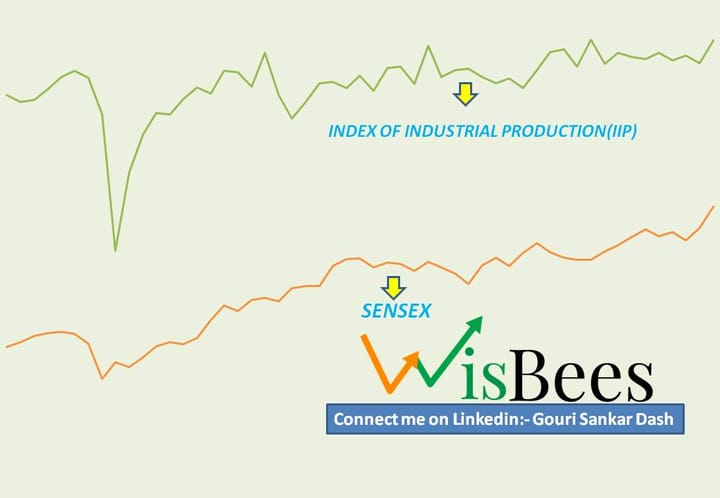Capital Expenditure or CAPEX

Capital expenditures (CAPEX) refer to funds that a company uses to acquire, maintain or upgrade physical assets, such as property, plant, and equipment (PP&E). These assets are expected to generate economic benefits over several years, and their costs are usually spread out over their useful lives through depreciation.
CAPEX is a measure of a company's level of investment in its operations, and it is a key component of a company's financial statements. It is typically financed through a combination of debt and equity, and it is important for a company to have a clear understanding of its CAPEX needs in order to make informed decisions about its financing and investment strategies.
Examples of CAPEX include:
- Building a new factory
- Purchasing new machinery or equipment
- Upgrading technology or computer systems
- Acquiring and developing new properties
- Improving infrastructure
CAPEX is different from Operating Expenses, which are expenses that are incurred in the day-to-day operations of a business and are not related to the acquisition of long-term assets.
In summary, CAPEX is a measure of the money a company spends to acquire or upgrade physical assets to improve its long-term revenue-generating capability.
Also called the cost of long-term investments. It is the expenditure of capital by a company or business to buy/acquire long-term assets, such as plant, property, equipment, etc., to grow or maintain their business operations. The capital expenditure incurred by a company is reflected on the company's or business's balance sheet as they are the investments for the business.
The summation of PP&E and depreciation expense gives the CAPEX formula.
Formula:
CAPEX = Net increase in PP&E + Depreciation



